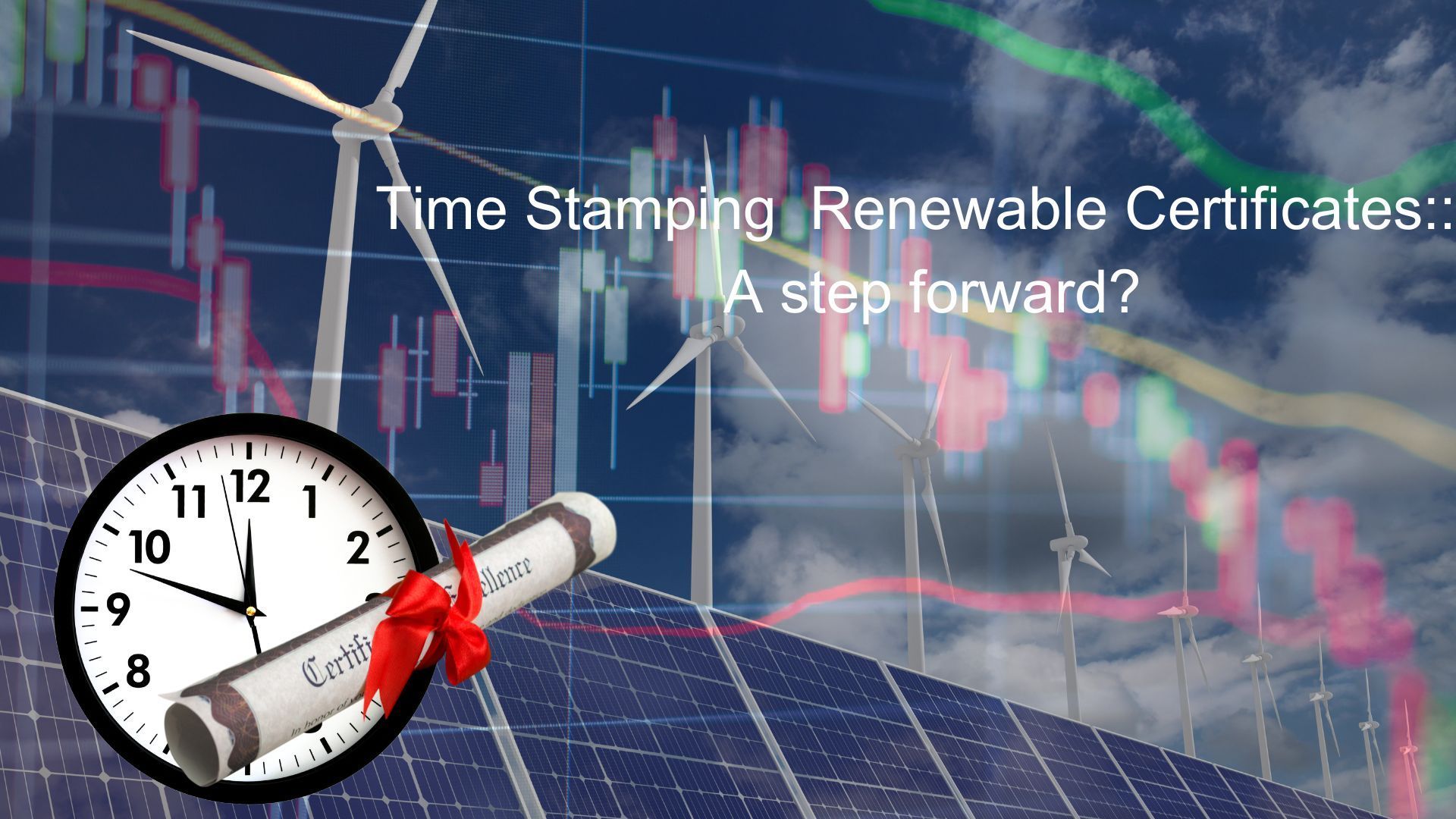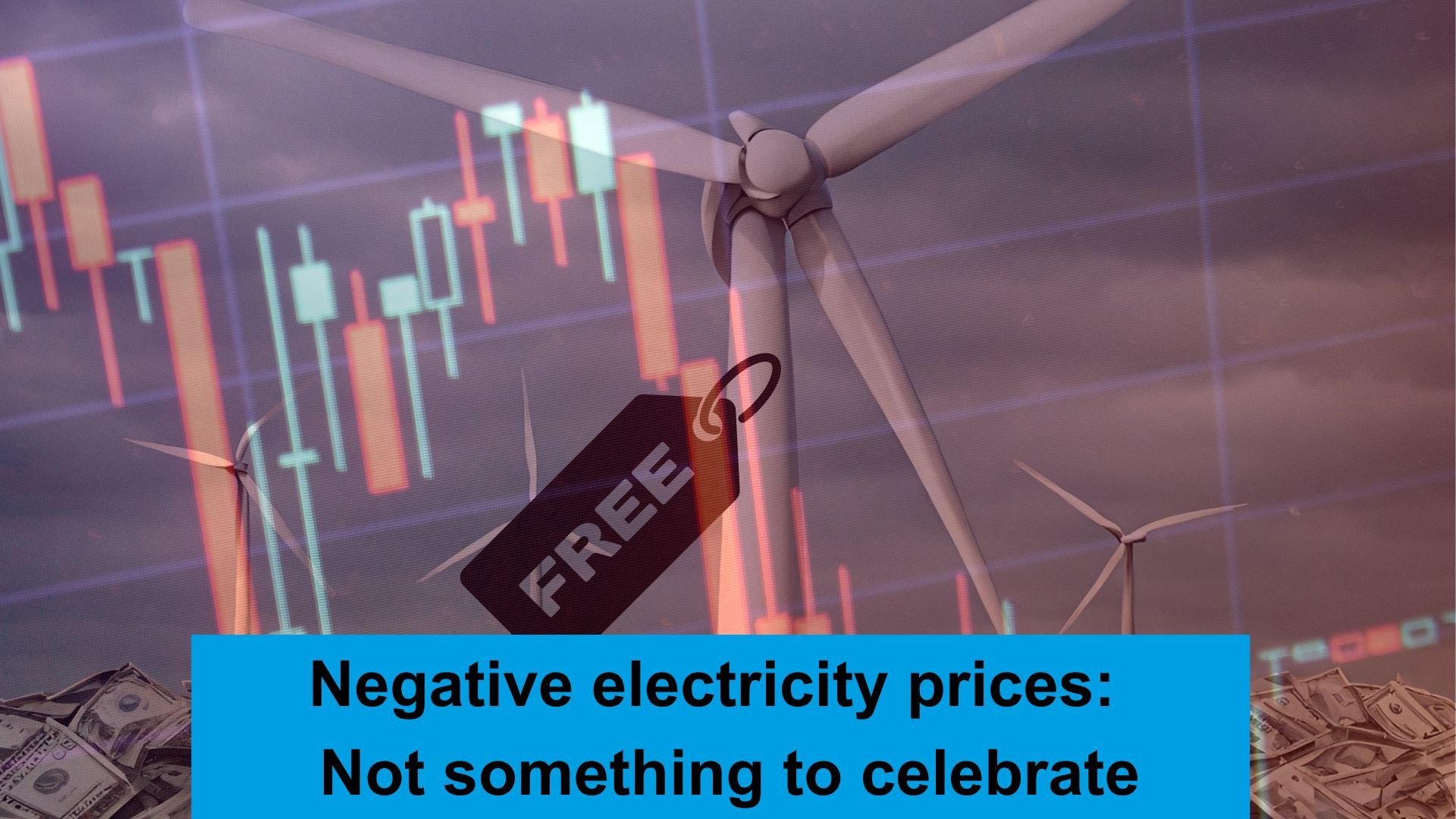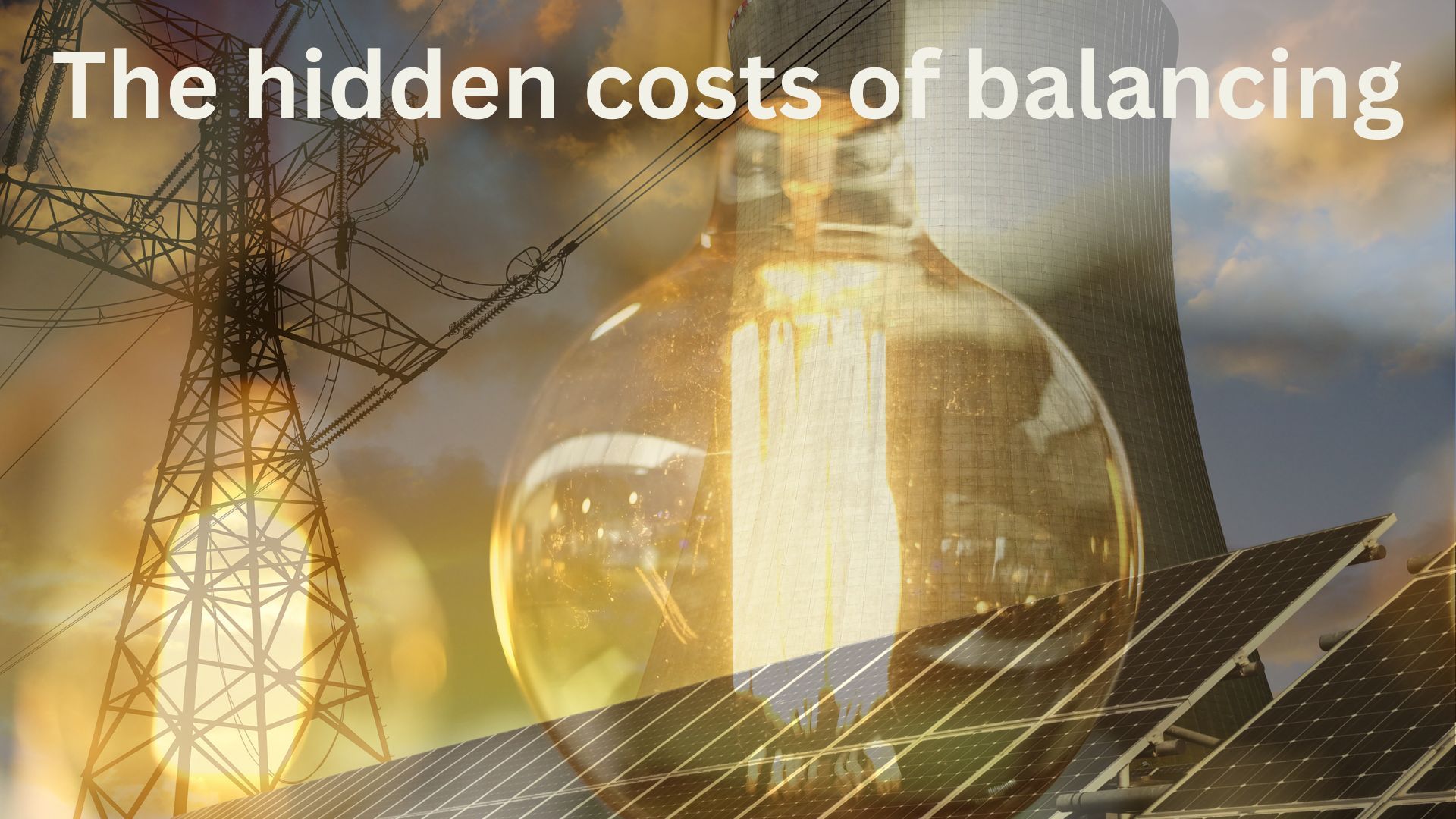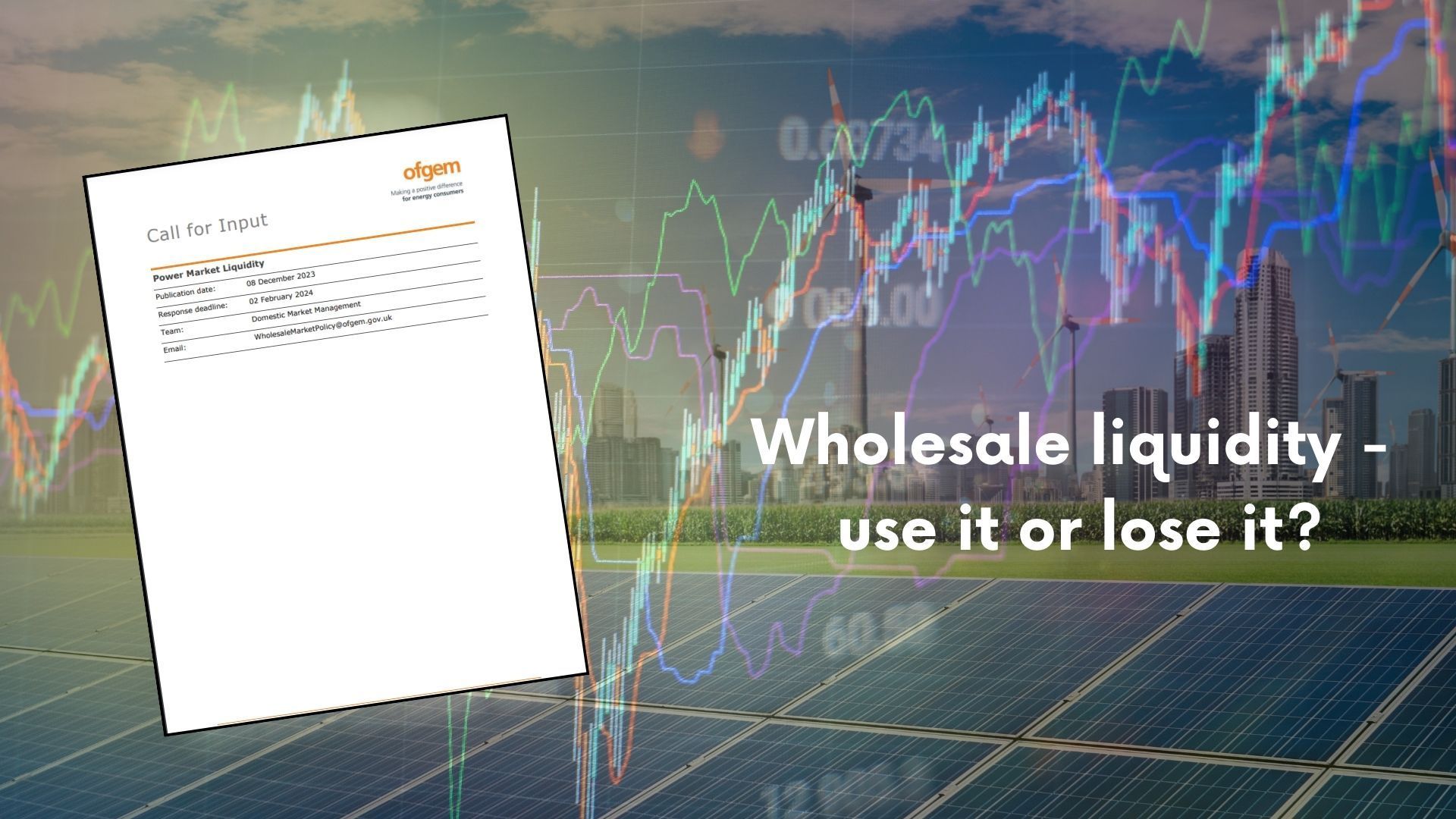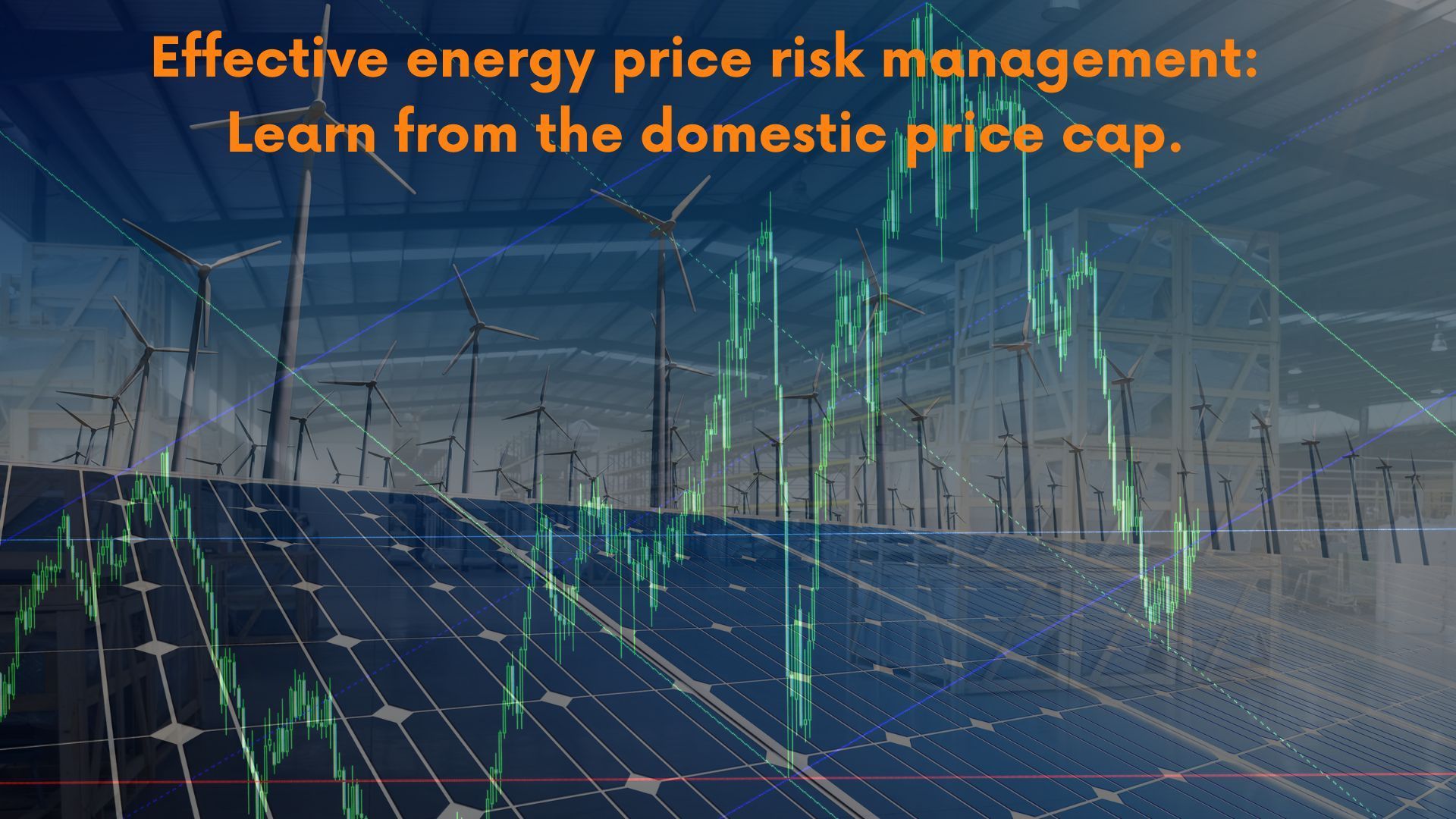How different customers are adapting to more complex price signals
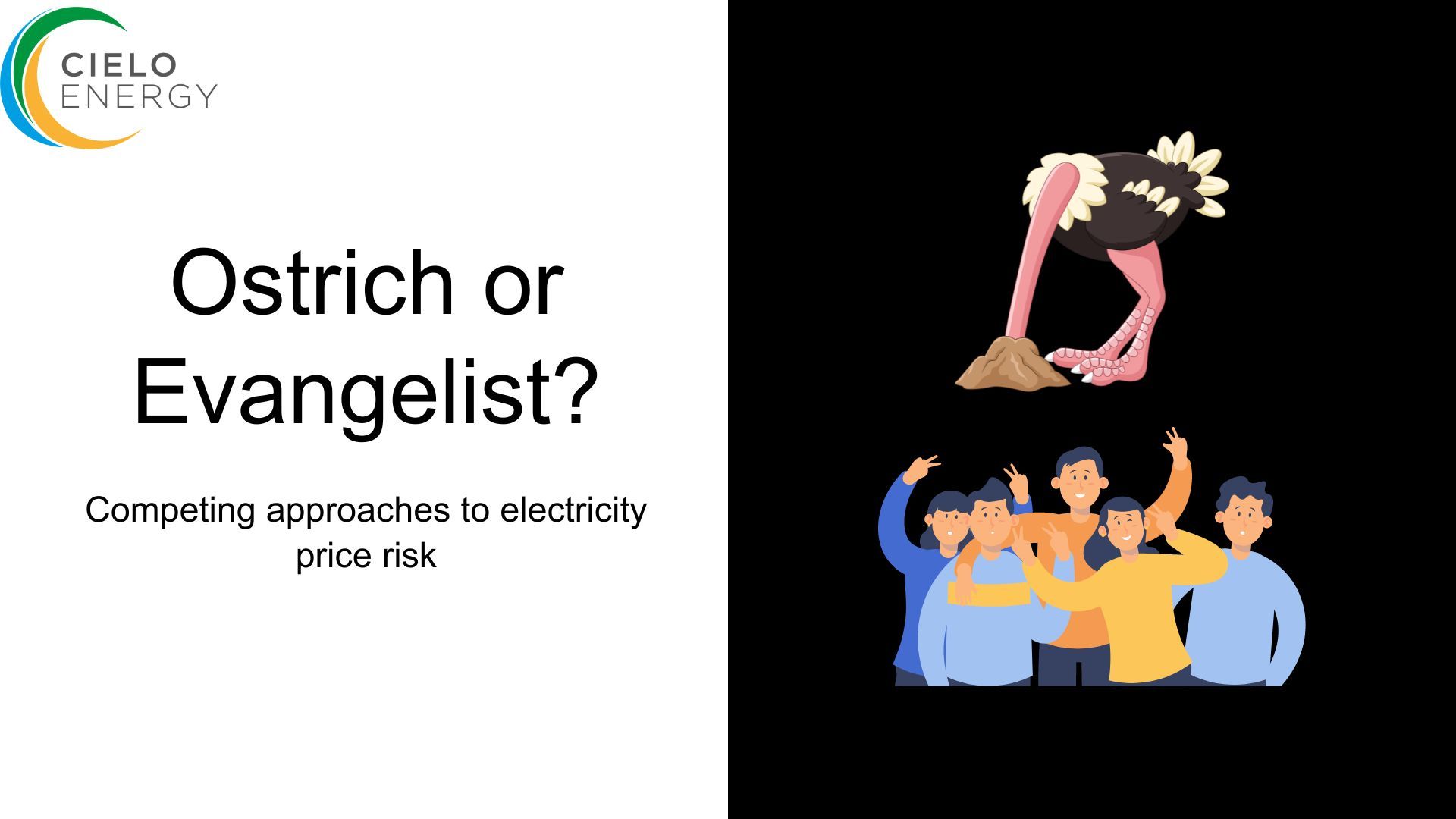
Watching the development of the electricity market there is an incredible gap emerging between the smallest and largest participants in the market and how they approach the changing value of electricity that matches their consumption profile.
And its really instructive to potential future products and market design questions.
While some of the smallest are increasingly focusing on the minutiae of price movements, the largest are often ignoring it.
So what is the right approach?
As the electricity markets change, a clear sign of what is happening is the behaviour of very short-term prices.
By way of example, a day of wind and sun creates very low prices (even if demand is high), whereas even a summer night with no wind, but low demand can see prices spike.
This means that increasingly when electricity is generated or consumed matters more than ever (from a price perspective); and the predictability of when prices will be high or low is also changing to become weather dependent.
Yet in the market not all participants are behaving equally.
The largest are broadly ignoring this – treating shape/ profile costs as akin to other non-commodity costs. Trading using simple products, and accepting an unknown fee for shape based on actual behaviour as an inevitable ‘government’ cost.
This creates an opportunity to overpay compared to fair value for the risk transfer.
Meanwhile, some domestic users are focussed in near real-timevalue of electricity. Some suppliers, and products are specifically targeted at dynamic pricing, and the regulator seems to be aligned with it as the future. These users are engaged in maximising use when prices are low and minimising it when they are high – although the limits of this were tested during the start of the Ukrainian invasion when they sought protection of the domestic price cap.
So what is the future?
Pure energy flexibility looks set to be a more domestic activity, although if/how mass market customers engage remains unknown . In the B2B arena, simple products dominate; and without significant changes in how price signals are transmitted to customers its hard to see this changing.
Meanwhile, in the infrastructure flexibility market – products with more predictable operational timings are targeting all demand in order to reduce congestion.
Historically, large consumers used to avoid the 3 highest demand periods (Triads) through avoiding predictable periods – until it was removed following Ofgem’s TCR process.
National Grid’s Demand Flexibility Service (DFS) has produced results as customers of different sizes
What does this mean for the future?
Evangelicals are celebrating the opportunities to save.
Ostrichs may not even know its happening.
The overall challenge will be to get enough Ostrichs to engage, while keeping enough value in the market for the Evangelicals and making sure the remaining Ostrichs aren’t penalised too much for burying their heads. No mean feat for regulators and businesses to deliver.
Share this on social media
All Rights Reserved | Cielo Energy
REG NO: 11992760 | ICO REG NO: ZA757421





